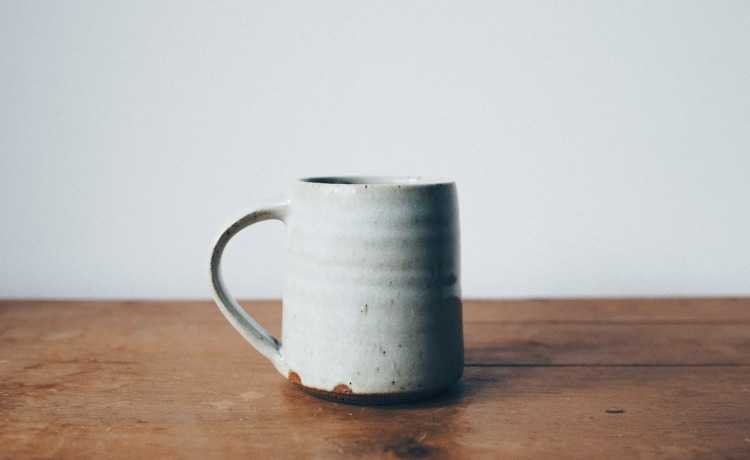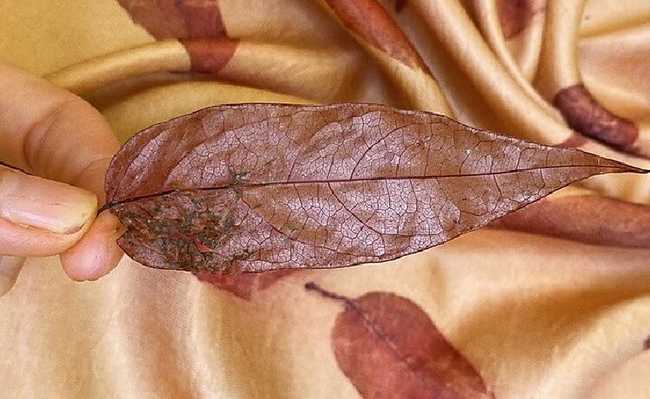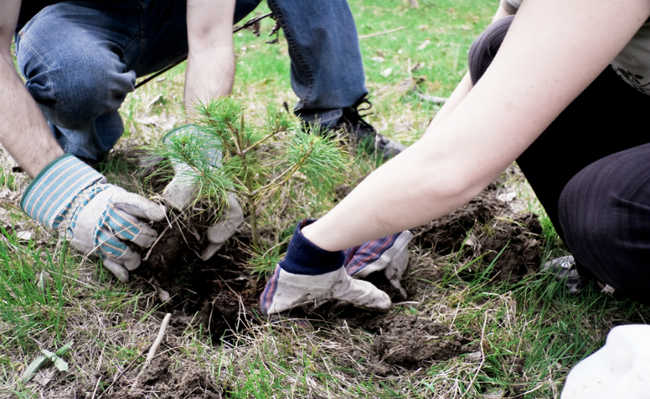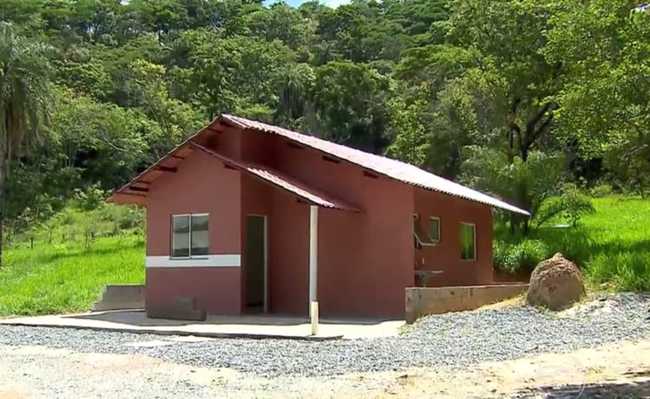Scientists Prove That Knee Cartilage Does Not Regenerate
It's best to take good care of your knee, as cartilage damage can be irreversible

If you ever have the misfortune of falling and hurting your knees, it's better to hope you've broken the bone rather than damaged the cartilage. It sounds more painful, but the reason is simple: the cartilage in the knee will not grow back or heal, as many professional athletes who have had knee injuries can attest.
To reach this conclusion scientifically, rheumatologist and study author Michael Kjær and his colleagues at the University of Copenhagen in Denmark used a technique that determines the age of molecules based on carbon-14 isotope levels, a version robust carbon. The amount of carbon-14 in the atmosphere increased in the 1950s because of above-ground testing of nuclear weapons, but declined rapidly after a 1963 treaty banned such explosions. Measuring isotope abundance can reveal how old a molecule is. If the molecule is continually being replaced, it should look young - the amount of carbon-14 should be close to current levels in the atmosphere. But if the molecule remains stable for a long time and is not replaced, its carbon-14 content should match atmospheric levels when it was made.
Kjær's team measured carbon-14 levels in the knee cartilage of a donated body and 22 other patients born before the year 2000 who had undergone knee replacement surgery. Some of these people were getting new knees because they suffered from osteoarthritis. Others had healthy joints but needed replacements because of bone tumors. The researchers looked at cartilage in the middle of the knee joint, which suffers the most strain, and in the edge of the joint, which carries the lightest load.
The levels of carbon-14 in collagen (the protein that provides tensile strength to cartilage) in the knee corresponded to atmospheric levels when the patients were between 8 years and 13 years of age, suggesting that they did not produce new collagen after they had seized. become adults. One of the patients, for example, was born in 1935 and had low carbon-14. Collagen from patients born in the 1950s, in contrast, showed the largest amounts of isotopes in the research, reflecting the rapid increase in atmospheric carbon-14 after the initiation of nuclear tests.
In some previous studies, scientists have observed an increase in collagen synthesis in patients with osteoarthritis, which could represent the joint's attempt to repair itself. But Kjær's team did not detect this effect. Scientists suggest that one explanation for this difference is that previous studies used indirect measures to attest to collagen recovery at the junctions. Even in the areas of the joint that are under the heaviest stress, adults did not produce new collagen, according to the team.
Although researchers have tried several approaches to induce knee cartilage recovery, such as inserting stem cells or pieces of healthy cartilage into the joint, they have not worked.
The lesson is: take care of the cartilage in the knee. Once they are degraded, there is no going back.
Source: Science










